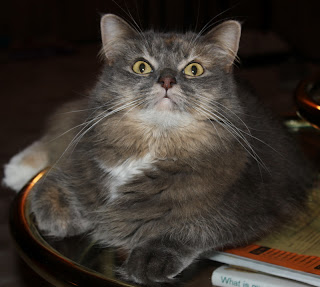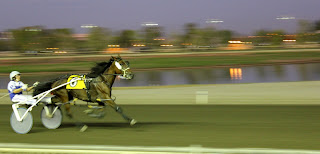After spending a few days with my mom and step dad, I headed back down to Sacramento to return my rental car and meet my dad and step mom. My companions on the drive:
I loved the drive to and from my mom’s house—it’s straight and easy, up Interstate 5, a trip we took many times when I was growing up. The drive gave me time to think, to sing along with the iPod, to watch for landmarks from my childhood letting me know I was getting close to my destination. I love the openness, the flat fields backed by misty little hills in the distance.
Sacramento was HOT. One hundred degrees a couple of the three days I was there—but, say it with me, it was a dry heat! And it was cool in the morning and evening, so still not as uncomfortable as Florida.
My step mom and I spent our time doing all the things we enjoyed when I was growing up: shopping, going to the movies and visiting with family. My step brother came over for dinner and we visited my step grandma at her assisted living facility, where my step uncle met us. (My dad and step mom have been married for more than 30 years, so her family is my family.) And, of course, there’s my “sister”:
One of the highlights of the trip: Harness racing at Cal Expo. My dad used to take us to these when I came to visit him in the summer. I adored watching the horses race, and one memorable evening, we got to ride in the starting car. Occasionally we’d arrive early and walk through the stables where I breathed in the scent of hay and horse and walked on air for hours afterwards.
Harness racers are standardbreds, who trot or pace around a track pulling a two-wheeled cart (called a sulky) and driver, at up to speeds of more than 30 mph. (In the pace, the two legs on the same side of the horse move forward together, unlike the trot, where the two legs diagonally opposite from each other move forward together.) Most races are a mile long. The most famous race is the Hambletonian, held every year in August at The Meadowlands racetrack in New Jersey, but you can see harness racing at many county and state fairs all over the U.S. (For more information, see http://www.ustrotting.com/. To learn more about standardbreds, go here.)
We ate dinner at the Turf Club and spent several hours watching the races. And let me tell you, it’s far too easy to place bets. You can buy a voucher for whatever amount you want, then slip your voucher into a machine, use a touch screen to place your bet and away you(r money) go(es). I limited myself to a $20 voucher.
My system of betting was highly scientific. First, I chose a horse whose name had some meaning for me. I got my dad to decipher the racing form and quickly read up on the horse’s stats. I usually placed a “win, place, show” bet, so that I would win if my horse came in first, second or third, and I liked to bet on long shots (or at least not favorites). My first race, I chose “Racetrack Diva” in honor of my friend’s horse, Glory, an off-the-track thoroughbred. Diva obliged me by coming in third. The next race I bet on, I chose “Amazon Dot” because of my love affair with Amazon.com. Dot won the race! I began to feel pretty proud of my system! You can guess what happened next. For the rest of the evening, none of my choices came in better than fourth. I ended the evening with a net loss of $3.90, which I consider well worth it for the amount of entertainment I got.
My family—both sets—basically spoiled me while I was in California, and gave me a much-needed break from my everyday responsibilities. I felt so lucky to be able to see my California family while my Florida family took care of themselves.
Monday, I asked, “What makes a place home for you?” This morning, I found an answer: “Where we love is home—home that our feet may leave but not our hearts.” (Oliver Wendell Holmes)




























.jpg)


